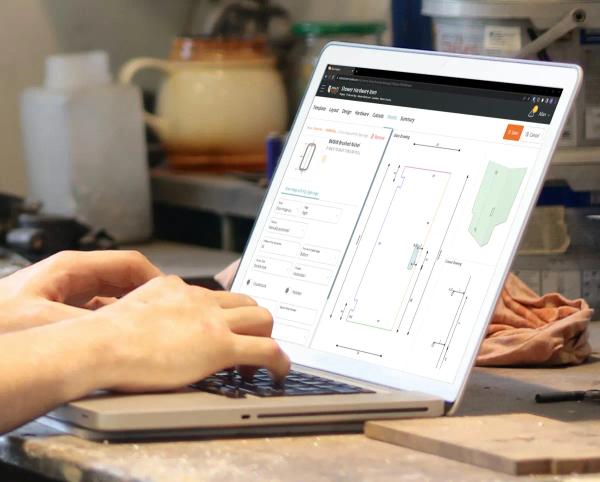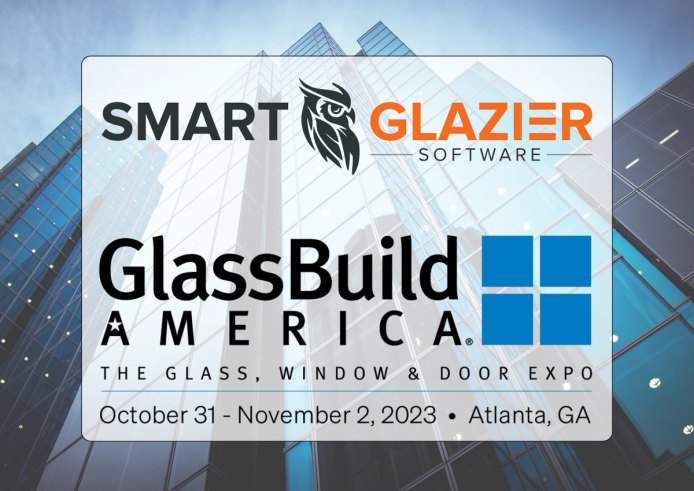Process mapping tips for glaziers
Process mapping tips for glaziers
Process mapping is visual way of showing a series of steps in a workflow. Often it's done with the end result in mind — the map itself. However, you may find that the exercise itself is more beneficial for your business. It gives you an opportunity to talk to everyone in your business (glaziers, administrators, management etc) and really understand what they do on a day-to-day basis and how they do it. Chances are you'll find holes, overlaps and just plain ol' gray areas where things get done but no one is really sure how or who's responsible for it. These are the areas where you need to focus your attention.
We are by no means experts on this subject so we have included a range of external resources where you'll find more information.
Getting started with process mapping
This isn't a speedy exercise, you'll need to tackle each business process one by one. For each process you write, establish beforehand who needs to be be involved — the team should be made up of anyone who is part of the work flow at any stage. It's crucial that this group isn't just management talking about what they think happens but that it's made up of the people who actually do the work.
LucidChart has a great 'how to' on getting started with your process map. They recommend brainstorming all of the actions involved in your process right from the beginning to use as a starting point, then fine tuning it as you go. It's important to clearly define when the process starts and stops so there's no confusion.
What happens when a new customer contacts your glazing business needing a window replaced? Who handles the initial inquiry and does that change depending on whether the customer gets in touch via phone, email, etc? Where is the customer's information recorded? It may seem tedious but it's all relevant. Think of how easy it will be when a new staff member starts and all you have to do is give them a piece of paper with a diagram instead of explaining these steps to them!
Pipefy also has a great step-by-step guide on process mapping that's worth checking out.
Here is the kind of data you'll need to collect
- Who is responsible for what at each stage
- Do they have key performance indicators? If so, include them in the map.
- What (in detail) are your staff doing at each stage?
- What output does the customer see/receive at each stage?
- Are external suppliers involved and if so, who are they and what do they provide
- Who communicates with them, what information does the supplier need and is there a uniform way of getting that to them (i.e. forms, templates)?
- What are they deliverables for each step?
- This goes beyond just "window is replaced" — deliverables could include things like quotes, purchase orders, invoices etc
Tips for collecting information
- Write down what your staff tell you in their own words. If you translate them into "management speak" you may change the meaning altogether.
- Interviewing will give you better information than asking people to write down what they do. It gives you an opportunity to ask follow up questions ('how' is a good one!) Remember, your staff are talking about things that they do every day, it feels routine to them and they're likely to gloss over the minutiae.
- Get a clear understanding of when that employee becomes responsible for their stage and when it is handed on to the next person. If there isn't a clear point of handover then you will need to address this — it's how things fall through the cracks.
Documenting the process
Collecting the information is the hard part, putting into a process from there is far more straightforward — but also very time consuming. While you can create your process map in Microsoft Word or other document processing software, you may find it faster and easier to use a dedicated tool like Promapp or Lucidchart.
Once you've compiled your process map, remember to update it as things change in your business, new staff come on board, new technology is introduced etc. A process map is a living document and loses all value to your business once it's out of date.



